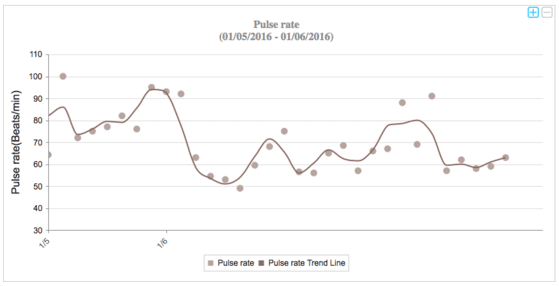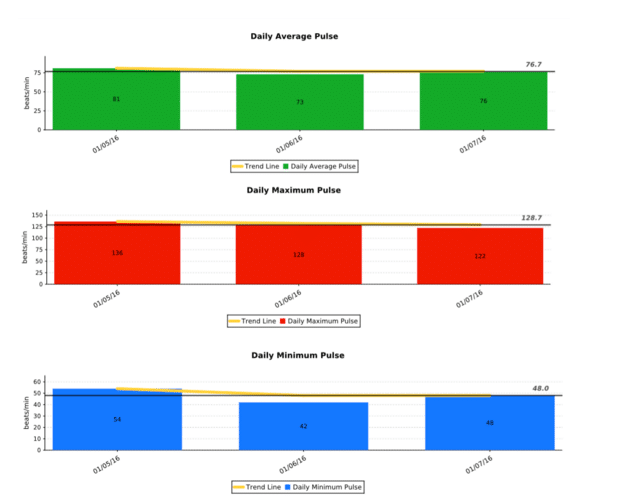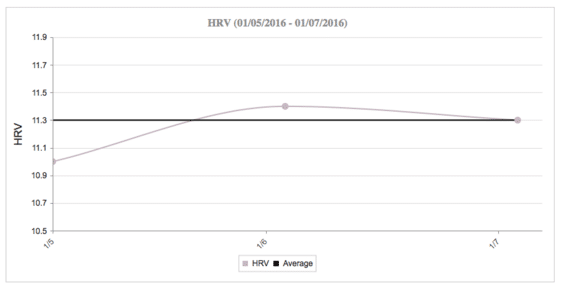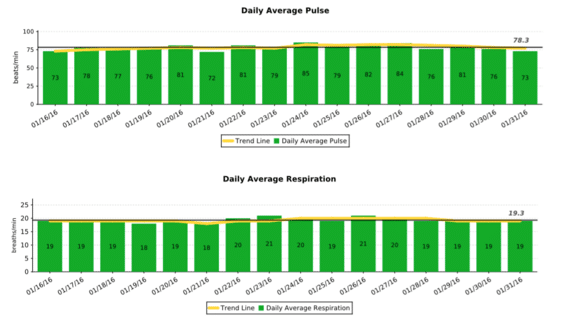Patient Condition and History
Chester was presented to MediVet Warbreck House Veterinary Centre in Liverpool, UK, after suffering from weakness, lethargy, and labored breathing for 24 hours. Chester’s a 10-year-old, 43lb, male American Cocker Spaniel. His medical history included Chronic Kidney Disease (IRIS stage 2), Hypothyroidism, Hypertension, Anterior Cruciate Repair, and recurrent Otitis (ear infections). He has received long-term medication for these conditions.
On physical exam, Dr. Andrew McVey, Chester’s veterinarian, detected an increased respiratory rate with inspiratory effort. Bloodwork showed moderate but stable azotemia (compatible with his Chronic Kidney Disease). Chest radiographs revealed pulmonary edema with marked cardiomegaly. An echocardiogram followed and showed significant left side dilation and decreased fractional shortening. The clinical diagnosis was DCM with secondary CHF.
Dilated Cardiomyopathy, or DCM, is a disease of the heart muscle characterized by enlargement of heart chambers. It involves decreased contractility of the heart muscle and subsequent enlargement to compensate for the decreased functionality. DCM may eventually lead to Congestive Heart Failure (CHF), where fluids accumulate in the patient’s lungs, abdomen, and more.
Chester was hospitalized and received intravenous Pimobendan, a drug intended to increase the contractile force of the heart. He also received supportive care and close monitoring. Diuretics were not used because of his pre-existing azotemia. A PetPace collar was placed on Chester to help closely monitor his condition during hospitalization and at home, following his release.

Monitoring Data
Chester was sent home with the PetPace collar to continuously monitor his recovery, and he now wears the collar constantly. His pulse indices showed a clear improvement immediately after starting treatment with Pimobendan (initially intravenously and later orally). Likewise, Chester’s Heart Rate Variability (HRV) improved significantly after the first day. These improvements serve as a clinical indicator of the positive effect of the medications.
 * Chester’s aggregated pulse data during the first 2 days, showing overall decreased pulse rate (indicating better cardiac performance) on the second day compared to the first.
* Chester’s aggregated pulse data during the first 2 days, showing overall decreased pulse rate (indicating better cardiac performance) on the second day compared to the first.
* CHESTER’S AGGREGATED PULSE DATA DURING THE FIRST 2 DAYS, SHOWING OVERALL DECREASED PULSE RATE (INDICATING BETTER CARDIAC PERFORMANCE) ON THE SECOND DAY COMPARED TO THE FIRST.
 * Daily average, maximum and minimum pulse rates showing clear improvements on days 2 and 3 following introduction of Pimobendan.
* Daily average, maximum and minimum pulse rates showing clear improvements on days 2 and 3 following introduction of Pimobendan.
* DAILY AVERAGE, MAXIMUM AND MINIMUM PULSE RATES SHOWING CLEAR IMPROVEMENTS ON DAYS 2 AND 3 FOLLOWING INTRODUCTION OF PIMOBENDAN.
 * Daily HRV (VVTI) shows significant improvement after the first day following treatment
* Daily HRV (VVTI) shows significant improvement after the first day following treatment
* DAILY HRV (VVTI) SHOWS SIGNIFICANT IMPROVEMENT AFTER THE FIRST DAY FOLLOWING TREATMENT
As shown in the more recent graphs below, several weeks after his hospitalization, Chester’s pulse and respiration rates – closely monitored by his PetPace collar – were still slightly higher than normal, but stable. HRV and activity values were stable as well. Repeated examinations at the hospital confirmed that Chester had recovered from the CHF, and was doing well, but that he will need to take his medications on a regular basis.
 * Daily average pulse and respiratory rates were slightly higher than normal but stable
* Daily average pulse and respiratory rates were slightly higher than normal but stable
* DAILY AVERAGE PULSE AND RESPIRATORY RATES WERE SLIGHTLY HIGHER THAN NORMAL BUT STABLE
 * Daily activity and HRV (Triangular Index) showing stable values at home
* Daily activity and HRV (Triangular Index) showing stable values at home
* DAILY ACTIVITY SHOWING STABLE VALUES AT HOME
 * Daily HRV (Triangular Index) showing stable values at home
* Daily HRV (Triangular Index) showing stable values at home
* DAILY HRV (TRIANGULAR INDEX) SHOWING STABLE VALUES AT HOME
Discussion
The American Cocker Spaniel breed has a predilection to DCM. There is no cure for this disease, but it seems possible to maintain it at stable or asymptomatic levels for several years. However, these dogs are always at risk of developing severe, life-threatening complications like Heart Failure or lethal arrhythmias. Monitoring pulse rate, HRV, and other relevant parameters is therefore of high value in managing patients with DCM.
The PetPace collar provides accurate real-time and long-term trends data that helps caregivers adjust treatment plans for optimal clinical results in DCM patients.
Conclusions
The PetPace collar can accurately detect short- and long-term changes in key parameters that help caregivers manage DCM. Clinicians can use data accrued to assess the condition’s severity, measure the patient’s response to treatment, and enable timely detection of deterioration. The preliminary phases of the disease, which typically develop over several years before symptoms manifest, may be detectable via certain changes in trends data – allowing early detection and intervention.
Dr. Andrew McVey, Veterinary Surgeon and Partner at MediVet Warbreck House Veterinary Centre in Liverpool, UK, added:
“The PetPace collar provided us with high-resolution clinical data at the hospital, which helped stabilize the patient. More importantly, the collar monitored the patient at home, after discharge. The data, which correlated well with the owner’s subjective reports and the findings of our follow-up examinations, was instrumental in assessing the patient’s condition and making clinical decisions. This technology, never before available to veterinarians, can raise patient care and the customer relationship to a new level.”
Dr. Asaf Dagan, DVM, Diplomate ABVP (Canine and Feline practice), and PetPace’s Chief Veterinarian, added,
“Most dogs and cats with chronic heart diseases are treated at home, often taking combinations of medications for months or years. It is challenging for clinicians to manage these cases when they rarely receive objective, quantifiable data. In traditional measurement paradigms, such data can be generated only at a veterinary facility, and not at home, where data is often more representative of the patient’s true condition. I am confident that the availability of highly-detailed, clinically-oriented data, reports and analytics will change what we know about the natural course of diseases and the most effective ways to treat them.”

